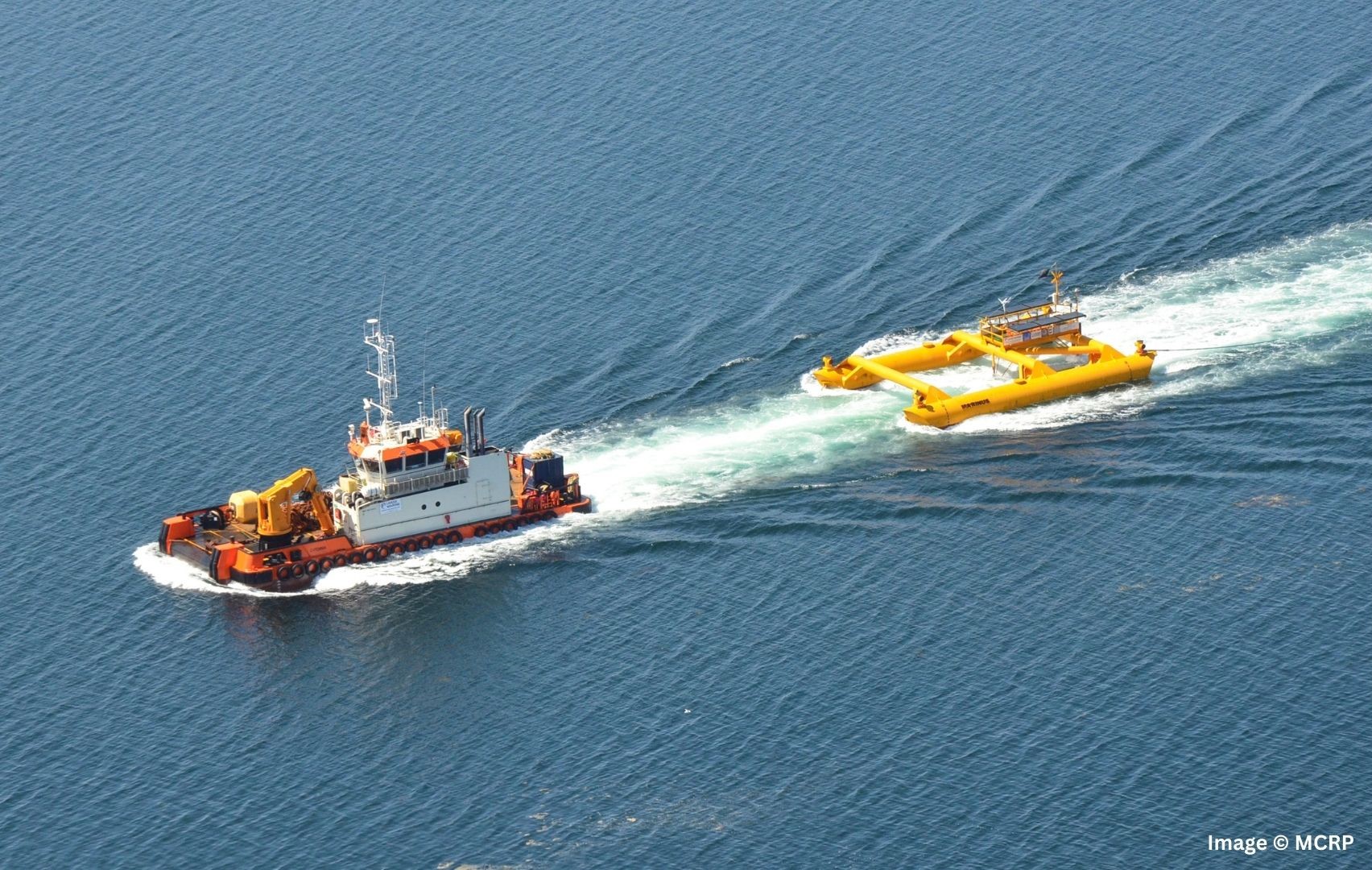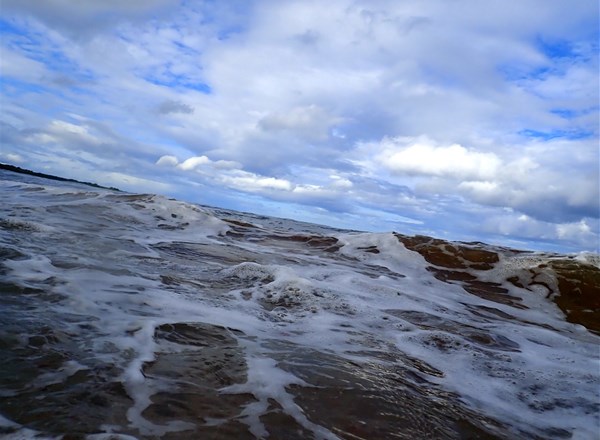
Tidal Stream: Data and Evidence Summary, Transferability Framework and Matrix, and Monitoring Guidelines
- Data and Evidence Report
- Transferability Matrix/Framework
- Monitoring Guidelines
Project Focus

Aim:
The aim of this evidence project is to summarise data collected to date on consented (pre-construction), operational, or decommissioned tidal stream energy projects in the UK and worldwide, to assess the conclusions regarding their impacts on marine species, particularly marine mammals as to date, they have been a key consenting concern in the UK.
Objective:
Its purpose is to provide an insight into project impacts and outcomes, and how those conclusions can inform future tidal stream energy developments in the UK. Publicly available construction and post-construction data, including from The Crown Estate’s Marine Data Exchange (MDE), are the focus for this project. A primary objective of this report has been to assess monitoring methods used at tidal stream sites, with a particular focus on impact monitoring techniques. Marine mammal surveys involving pinniped (seal) telemetry, passive acoustic monitoring, underwater video footage, active sonar, and visual surveys, as well as sound measurements to assess underwater noise levels at the turbine site both during construction and in operation, are the types of reports selected to feed into the data summary. This review focuses on four key tidal stream energy projects in the UK before briefly summarising the progress that has taken place in this sector elsewhere in the world.
Background:
This report recognises and builds on the contributions made by other stakeholders, inclusive of but not limited to the OES- Environmental 2020 State of Science Report (noting the 2024 version had not been published during the scoping phase of this project, however, the 2024 report was reviewed once available), Welsh Government’s Marine renewable energy: environmental information notes 2022, and ORJIP Ocean Energy Information Note: Collision Risk. This report also utilises and builds upon the Tethys knowledge base launched by the Pacific Northwest National Laboratory (PNNL), which is an online information hub for marine and wind energy developments worldwide.
This report builds on information from various reports and stands out due to its technical emphasis on the methodologies used for impact marine monitoring at tidal stream energy sites, including advantages and limitations of those methodologies. It aims to enhance stakeholders’ understanding of the current publicly available evidence base, particularly regarding UK waters, related to potential collision risk and possible displacement of marine mammals. By highlighting the strengths and limitations of various monitoring methods, the report seeks to support future improvements in these techniques, reducing uncertainties by improving the future evidence base for tidal stream and ultimately aiding project consenting.
Location:
UK Exclusive Economic Zone and Global
Timeline:
January 2024 - March 2025

Deliverables

Intended Impacts
Partner Organisations:
- N/A
Funding Organisations:
- The Crown Estate
Associated Organisations:
- ABPmer

